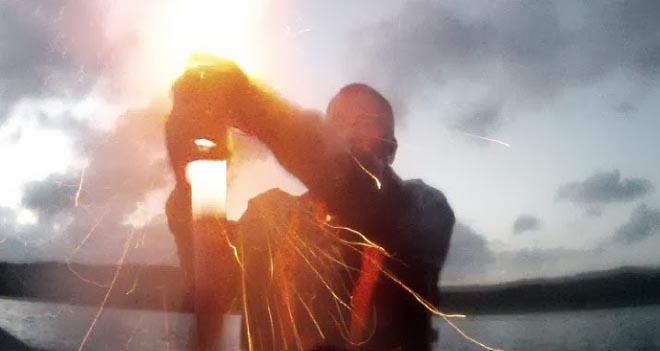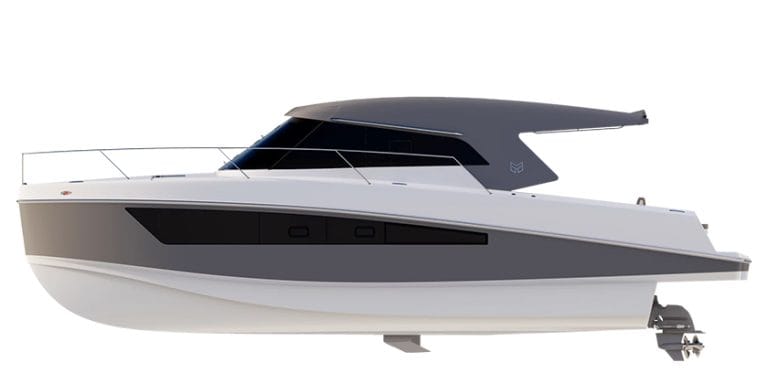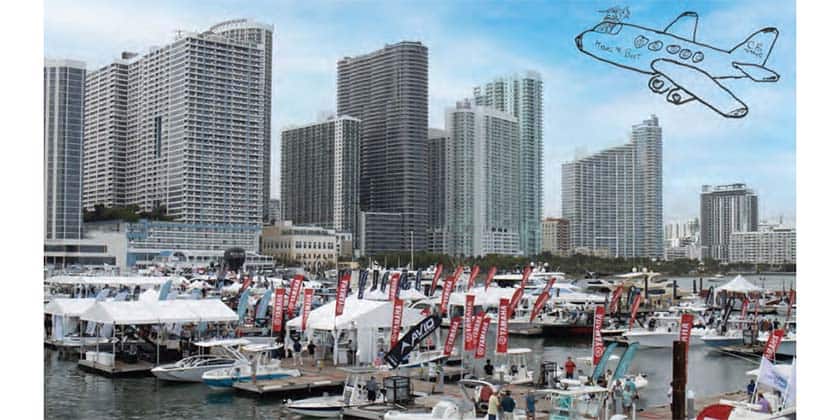Sailor lets off flares and sets life jacket on fire

Most emergency training in flares only allows practice in letting off the more simple flares. I was intrigued to read that this week a British sailor whose trimaran had become swamped and his navigation system inoperable accidentally set his own life jacket on fire when he let off flares in thick fog. He had to remove the life jacket increasing his vulnerability dramatically.
It is a reminder of the potential danger of the process of letting off flares. I had done all my necessary training when I found myself with a boat in danger several years ago, and, being in a very remote area, let off a parachute flare, on which I had not been allowed to train.
The recoil, so slight on the flares on which I had trained, sent me backwards clear across the cockpit, stove a large circular burn in my chest and gave me second degree burns to my arm before doing a good job of lighting up the world around. In the heat of the moment I didn’t feel it of course, and the incident ended well. However it taught me a vast amount of respect for emergency
flares, something I had not acquired during training. In this incident Humber Coastguard was alerted by Mayday emergency call at 12.30 am by the yacht ‘Trina’, and he was luckily soon
found by the RNLI Berwick Lifeboat, so nothing lost, but the loss of one’s life jacket when your boat is sinking would not be a good feeling.
Graham Dawson, Humber Coastguard Watch Manager said, ‘The skipper of the yacht ‘Trina’ had lost his navigation system and let off a number of emergency flares to help us locate him. Unfortunately in doing so he had set fire to his lifejacket which resulted in him having to remove it.
‘It is always important to check your position and re-check it. We also recommend that you join and keep up to date the voluntary CG66 safety identification scheme. Finally tell someone where you are going and when you expect to return.’
Story courtesy of Nancy Knudsen of SailWorld.com





























